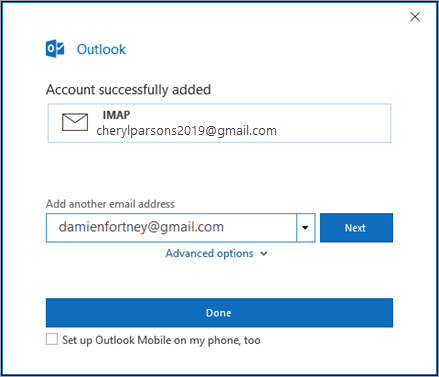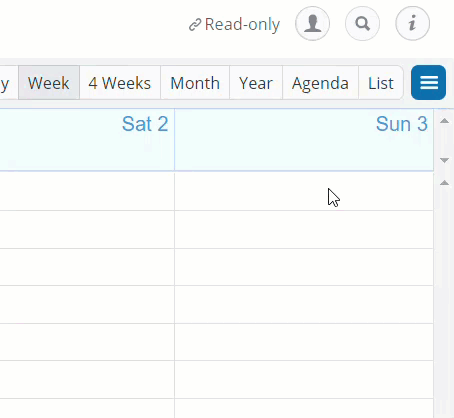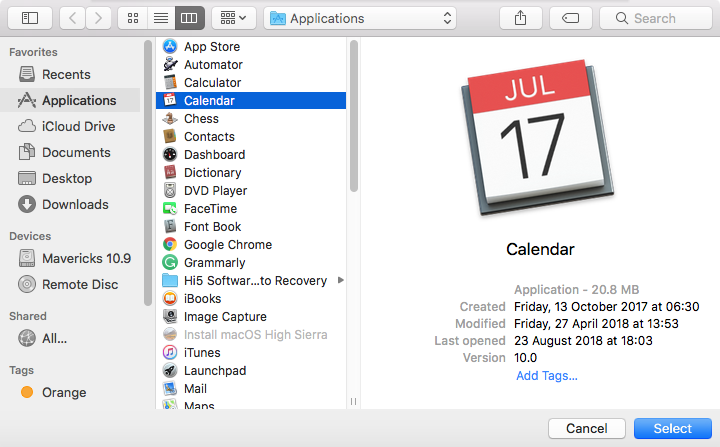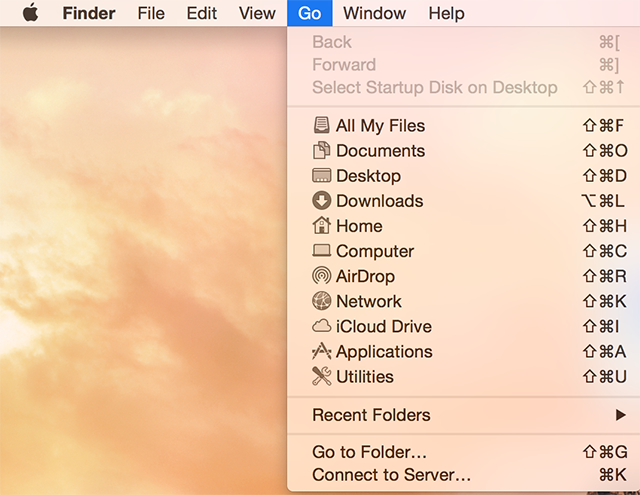

- Outlook for mac asking to sign in to google verification#
- Outlook for mac asking to sign in to google code#
- Outlook for mac asking to sign in to google password#
- Outlook for mac asking to sign in to google series#
Trust me, as someone who has had to use a recovery code a time or two, future you will thank present you for saving your recovery code. And the only way to sign in to your bank account or your carrier is with a one-time password, unless you have a recovery code. After a fun night out with friends, you realize your phone is gone, and with it, access to your OTP codes. Hypothetically, let's say you have your 2FA codes arriving via text messaging. Without that code, your account is as good as closed, and with it all of the data it holds. It's not something that companies like Apple take lightly.

That recovery code is what you'll use to get back into your account should something happen and you lose access to your two-factor authentication codes.
Outlook for mac asking to sign in to google series#
When you go through the process of setting up two-factor authentication, you'll be prompted to save a recovery code (or a series of recovery codes). When turning on two-factor authentication, make sure to take note of your recovery codes. That means if you're traveling and on a plane, you can still access your code - something you can't do if you have to receive it via SMS. In addition to being more secure, an app doesn't require an active internet connection to show you the current code assigned to your account. The app not only lets me know when a new service supports two-factor authentication, but it also will copy and paste the code when I'm logging in to an app or website, making the entire process of using 2FA painless.
Outlook for mac asking to sign in to google password#
I use a password manager to create and store all of my account passwords, along with my one-time passwords. If at all possible, use an authenticator app like Google Authenticator or a password manager to store your temporary codes. See how quickly things can spiral out of hand if you're using text messages to receive, say, your bank's 2FA codes? Making matters even worse are hacks like the recent T-Mobile breach, which included enough of a customer's personal information for anyone to impersonate you when they call customer care along with PIN codes that customers added as an extra security step. With all your incoming calls and text messages now being routed to someone else's phone, they can sign in to any online account of yours that's been part of any sort of data breach or hack. SIM swap fraud occurs when someone calls your wireless carrier impersonating you and convinces the employee to change the SIM card linked to your phone number. And while that's a convenient and easy way to receive your codes, it's also wildly insecure due to SIM swap fraud. When two-factor authentication first started to roll out to various websites and services, nearly all of them only supported sending your one-time password via text message. Using a password manager is the easiest way to increase security without also increasing the burden on yourself.įor the best security, don't use SMS to retrieve your codes.

There's still something to keep in mind, though. Once you've entered that code, only then are you granted access to your account.Įffectively, a would-be bad guy would need to know your username and password and have taken over your phone number or have physical access to your phone and your authenticator app of choice to sign in to your bank's website or your email account. You obtain that number, which changes every 30 to 60 seconds, via an app or a text message.

First, you'll enter your username and password, then you'll be asked to enter a one-time passcode (sometimes also called an OTP) which is typically a six- to eight-digit number. Two-factor authentication adds an extra step to that process. If you're not using 2FA on an account, your login process involves entering your username and password, and that's it. Think of two-factor authentication as an extra layer of security for your online accounts. For simplicity's sake, I'm going to refer to it as two-factor authentication or 2FA for the duration of this post.
Outlook for mac asking to sign in to google verification#
Two-factor authentication (also sometimes written as 2FA) is also commonly referred to as two-step verification or multifactor verification. Read more: Cybersecurity Awareness Month: Time for your safety check What is two-factor, or two-step, authentication? In the spirit of cybersecurity awareness, we also recommend checking to see if your account passwords are already on the dark web (and then changing them) and seriously considering a password manager if you don't use one already (we no longer recommend LastPass, but Bitwarden is a good alternative). While two-factor authentication can be time-consuming to set up for every account, it's relatively straightforward to set up and use, and well worth the effort. Using both would boost your account security. Two-factor verification goes hand in hand with use of a password manager that sets up and remembers complex passwords that are much more secure than a short set of words and symbols, such as P4ssW0rd*.


 0 kommentar(er)
0 kommentar(er)
